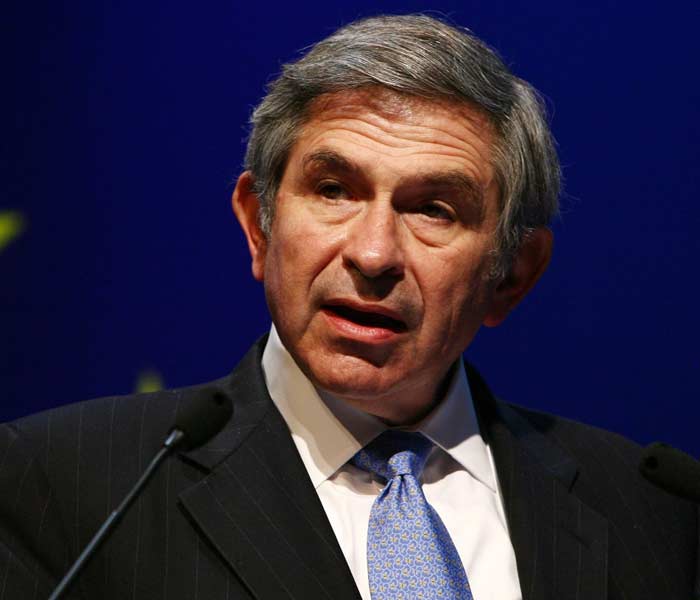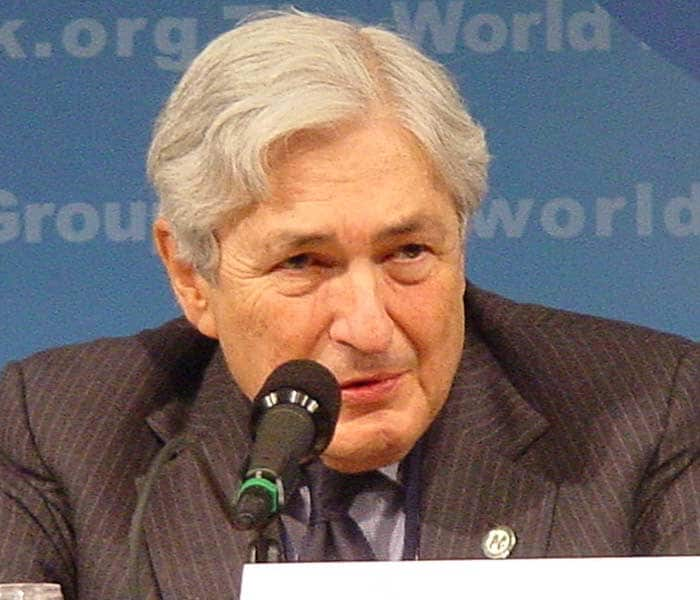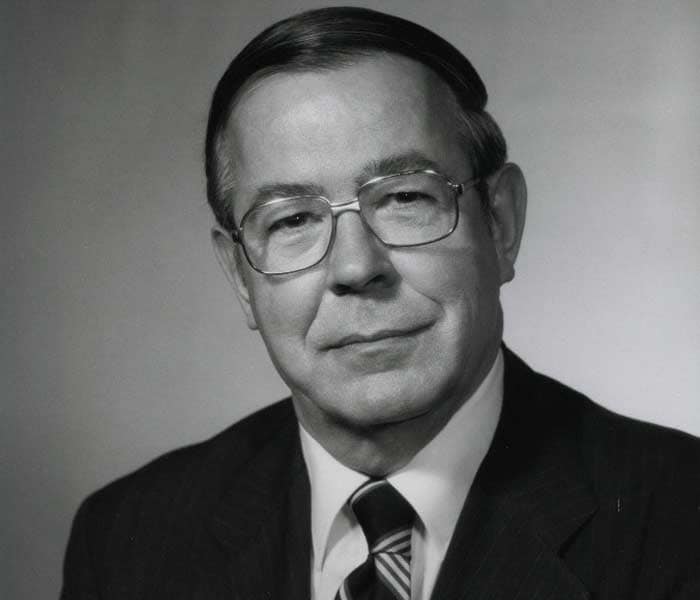At the World Bank helm
World Bank: At the helm The World Bank on April 16 selected Jim Yong Kim as its new president. The institution, which mainly focuses on lending to developing countries for programmes on eradicating poverty and hunger and improving the overall health of the population, has been in service since 1944.
-
The World Bank on Monday selected Jim Yong Kim as its new president. Mr Kim, president of Dartmouth College, will assume his new charge on July 1 this year.
The institution, which mainly focuses on lending to developing countries for programmes on eradicating poverty and hunger and improving the overall health of the population, has been in service since 1944. -
Robert B. Zoellick (July 1, 2007 - present): Zoellick proposed the "six strategic themes in support of the goal of inclusive and sustainable globalization", which he said should guide the future work of the World Bank.
During his time at the institution, its capital stock has gone up and lending volumes have increased to help member countries deal with the global financial and economic crisis. -
Paul Wolfowitz (June 2005-June 2007): Wolfowitz gave special emphasis to two particular issues. He identified Sub-Saharan Africa as the region most challenged to improve living standards, and traveled widely in the region. He also made clear his focus on fighting corruption.
-
James Wolfensohn (June 1995-May 2005): He visited more than 120 countries around the world during his term as president. He is credited, among other things, with being the first World Bank president to bring attention to the problem of corruption in the area of development financing.
-
Lewis T Preston (September 1991 - May 1995): Preston declared that alleviating poverty would be the institution's "overarching objective", and said that applications for loans would be judged on a nation's social justice record as well as its economic efficiency. He died in office.
-
Barber Conable (July 1986-August 1991): He made the issues relating to the World Bank's central mission—the fight against poverty—the focus of his presidency. He developed a particular affinity for the problems of Africa, exacerbated by the twin problems of the debt crisis and the oil shock.
-
Robert McNamara (April 1968-June 1981): In his 13 years at the institution, he introduced key changes, most notably, shifting the World Bank's focus towards targeted poverty reduction.
He negotiated, with the conflicting countries represented on the board, a growth in funds to channel credits for development, in the form of health, food and education projects. He also instituted new methods of evaluating the effectiveness of funded projects. -
George Woods (January 1963-March 1968): Woods oversaw the evolution of the World Bank from a primarily conservative financial institution to a development institution by redirecting its focus and resources to the analysis of development and the support of more relevant economic activities.
-
Eugene R Black (July 1949-December 1962): He established the World Bank's credit in the capital markets of the United States, ensured the acceptability of its bonds to the country's institutional investors, and obtained the highest commercial rating for its paper.
-
John J McCloy (March 1947 - June 1949): McCloy took on the primary tasks that needed to be tackled: obtaining resources, starting up lending operations, strengthening the staff, clarifying the respective roles of the executive directors and the president, defining the relationship between the World Bank and the United Nations and between the institution and the United States.
-
Eugene Meyer (June 1946 - December 1946): He began the task of organization building. He recruited senior staff and began the work of defining policy towards loans and of hiring the professional personnel capable of analyzing loan proposals. He also began the important task of building confidence in World Bank on Wall Street.













